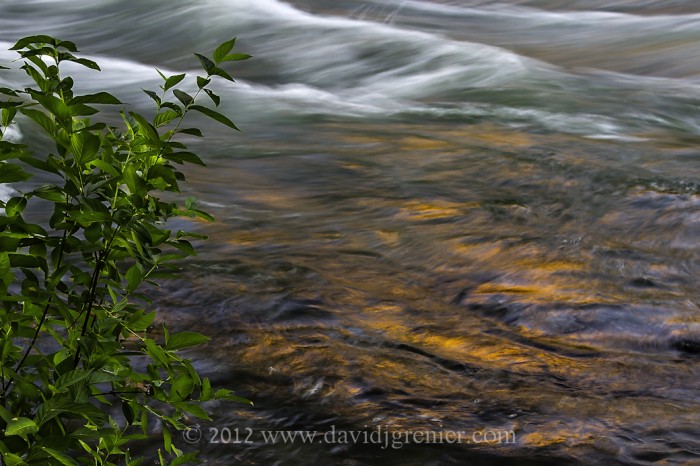The Dingo
The dingo is a free-roaming wild dog unique to the continent of Australia, mainly found in the outback. On 17 August 1980, a nine-week-old girl named Azaria Chamberlain was taken by a dingo near Uluru (Ayers Rock) and killed. Her mother, Lindy Chamberlain, whose story of the attack was not believed, was suspected and wrongly convicted of murder. After serving more than three years of her sentence, Lindy was released from prison when the jacket of the baby was found in a dingo den and the mother was therefore found innocent. This incident caused much outcry for and against the dingoes and is a subject of controversy to this day. On 12 June 2012, Azaria was officially found to have been killed by a dingo.
The Koala
The koala is a marsupial native to Australia. As of 2012 there have been increasing concerns about the animals sustainable future in the environment. Although the koala is not a bear, English-speaking settlers from the late 18th century first called it koala bear due to its similarity in appearance to bears. The brain of the koala is one of the smallest in marsupials with no more than 0.2% of its body weight. The koala has a very low metabolic rate for a mammal and rests motionless for about 16 to 18 hours a day, sleeping most of that time. It eats eat an average of 500 g (18 oz) of eucalypt leaves each day, chewing them with powerful jaws to a very fine paste before swallowing.
The Saltwater Crocodile
The saltwater crocodile is the largest of all living reptiles. This image, taken at the Currumbin Wildlife Sanctuary, is the largest crocodile in captivity in Australia. Generally very lethargic, a trait which helps it survive months at a time without food, it typically loiters in the water or basks in the sun through much of the day, preferring to hunt at night. Saltwater crocodiles can swim at 15 to 18 miles per hour in short bursts, around three times as fast as the fastest human swimmers.
The Tasmanian Devil
The Tasmanian devil is a carnivorous marsupial, now found in the wild only on the Australian island state of Tasmania. It is characterized by its stocky and muscular build, black fur, pungent odor, extremely loud and disturbing screech, keen sense of smell, and ferocity when feeding. The Tasmanian devil's large head and neck allow it to generate amongst the strongest bite per unit body mass of any extant mammal land predator. Tasmanian devils can take prey up to the size of a small kangaroo, but in practice they are opportunistic and eat carrion (dead and decaying flesh of an animal) more often than they hunt live prey.
The Wedge-tail Eagle
The Wedge-tailed Eagle is the largest bird of prey in Australia, and is also found in southern New Guinea. It has long, fairly broad wings, fully feathered legs and an unmistakable wedge-shaped tail. Because of both its tail and its size, it is one of the largest birds of prey in the world, it can be identified at a glance as a "Wedgie" even by the non-expert. They are highly aerial, soaring for hours on end without wing beat or effort, regularly reaching 1,800 meters (5,900 ft) and sometimes considerably higher. The purpose of this very high flight is unknown. Their keen eyesight extends into the infrared and ultraviolet bands. This helps them spot prey and allows them to see rising thermals, which they can use to gain altitude while expending little energy.
These images, that I took at the Currumbin Wildlife Sanctuary, are just some of the animals unique to the Australian continent that I have come across on my trip Down Under. Yes, I have not included an image of the Kangaroo in my blog but have not found a photographic opportunity that I cared for. The kangaroo is a national symbol of Australia: its emblem is used on the Australia coat of arms on some of its currency as well as by some of Australia's well known organisations, including Qantas Airlines. The kangaroo is important to both Australian culture and the national image and consequently there are numerous popular cultural references.


















